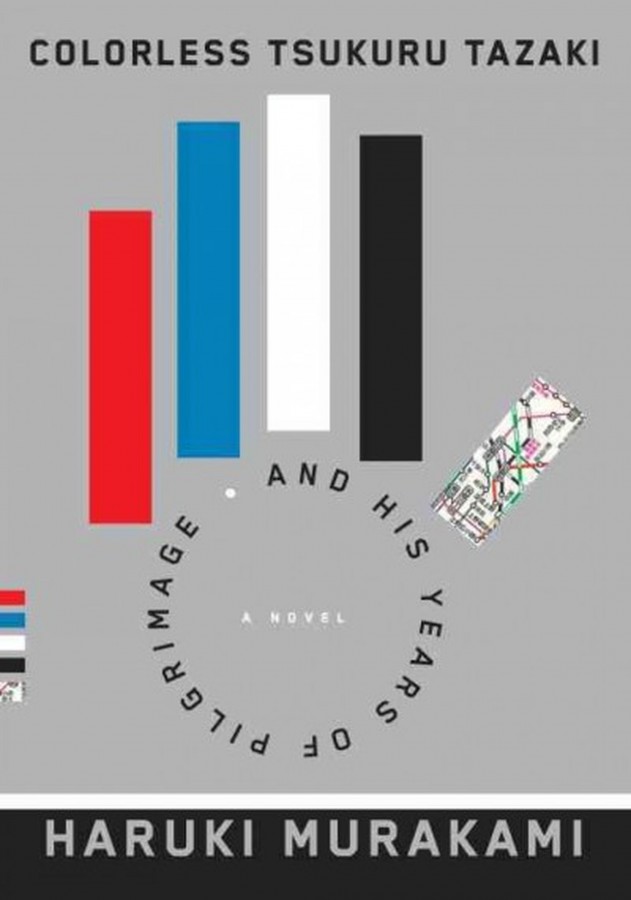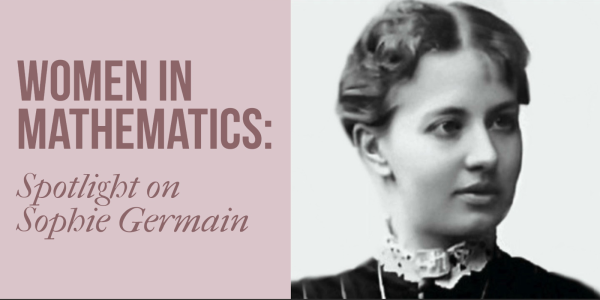Murakami finds color in ‘Colorless Tsukuru’
October 7, 2014
Tsukuru Tazaki, the lonely protagonist of Haruki Murakami’s newest novel, describes his personal dilemma the best: “I have no personality, no brilliant color. I have nothing to offer. That’s always been my problem. I feel like an empty vessel.”
This theme is prevalent through all 400 pages of “Colorless Tsukuru Tazaki and His Years of Pilgrimage,” influencing every moment tangibly, as Murakami knows best.
With his 14th work of fiction, it is apparent that Murakami has grown considerably over the years. On the day of “Colorless Tsukuru’s” release, there was a fervent excitement across Japan, with midnight release parties and long queues outside many bookstores, similar to those at a new “Harry Potter” book release.
But, the excitement was not exclusive to Japan. “Colorless Tsukuru” topped the New York Times Best Seller’s list for two weeks in a row, and has sold over 1 million copies worldwide.
Tsukuru Tazaki is originally from Nagoya, where he meets four individuals who will become his closest friends: Ao, Aka, Shiro, and Kuro. Blue, Red, White, and Black, plus poor colorless Tsukuru, the only one whose name does not represent a color. After high school, this inseparable group stays together in Nagoya except for its final link: Tsukuru moves to Tokyo to study under a famous railroad engineer, following his passion for railroad stations.
Tsukuru continues to visit Nagoya and his friends every holiday break until suddenly, with what feels like the force of a guillotine, he is informed by Ao that the group no longer wants to see him. No explanation or warning is issued.
After many years have passed, Tsukuru is pushed to find the truth about his exclusion from the group by a new girlfriend. His pilgrimage leads him to confront his lost friends, who are now leading independent lives. Their stories are far different from what Tsukuru could have imagined, forcing him to reconsider what he had thought of them, and more importantly, of himself.
The style of Murakami’s description is flawless and enchanting, with every detail meticulously fleshed out in its entirety. Occasionally, dialogue can seem awkward and unrealistic, though it is also a reminder that the novel has been translated, and thus not perfect. Though not without its share of bizarre, the novel is fairly tame compared to other of Murakami’s more popular works such as “1Q84” or his masterpiece “The Wind Up Bird Chronicle,” where magical realism and sexual aversions take center stage.
Themes of isolation and emptiness are largely recurring, with Tsukuru constantly reminded of his “colorless” fate in the distance he feels from others and himself.
His lost friend Kuro finally tells him, “Let’s say you are an empty vessel. So what? … So why not be a completely beautiful vessel? The kind people feel good about, the kind people want to entrust with precious belongings.”
Murakami urges the reader with resounding clarity: regardless of how empty you might feel, you should never stop yourself from being filled.
















































































